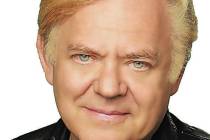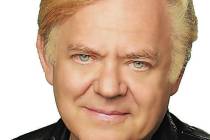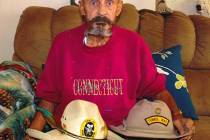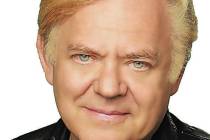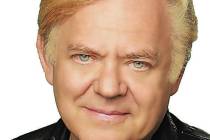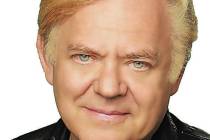Convention looks at effect of brain injuries on vision
It was a world of initials in May when the Department of Veterans Affairs teamed up with the Blinded Veterans Association and the U.S. Army Medical Research and Materiel Command and the National Football League to discuss traumatic brain injury and its affect on blindness. The occasion was the annual convention of the Association for Research in Vision and Ophthalmology held in Denver this year.
Medical doctors, researchers, scientists, healthcare workers, military personnel and other interested individuals including a retired NFL player gathered to hear about the latest studies, breakthroughs and general information about blindness.
Last year the Blinded Veterans Association held discussions with several veterans who are legally blind but who retain a minimal degree of vision. Their experience ranged from World War II, Korea, Vietnam, Iraq and Afghanistan. They all had received traumatic brain injuries leading to blindness, most often by improvised explosive devices or sniper fire. The recent Association for Research in Vision and Ophthalmology session was an outgrowth of those discussions.
Thomas Zampieri of the Blinded Veterans Association explained that the functional relationships between the eye and brain are established during early stages of human embryonic development. Traumatic brain injuries in combat veterans and others often leads to blindness.
According to statistics provided by Zampieri, nearly 20 percent of U.S. service personnel deployed since 2001 report experiencing incidents of traumatic brain injuries, and most traumatic brain injury patients experience short- or long-term visual disorders. Those disorders include double vision, light sensitivity, difficulty reading print and other cognitive impairments.
Research conducted by eye and vision experts has uncovered similarities between military blast traumatic brain injury-related visual dysfunction and blindness resulting from sports-related head injuries.
Retired NFL running back Terrell Davis spoke at an Association for Research in Vision and Ophthalmology session about his experience regarding tackles and landing on his head. His playing years were 1995 to 2002, and he said he has undertaken medical testing to detect possible medical problems resulting from concussions on the field. So far doctors have not detected any.
“But I don’t know what my future holds,” he told me after the session. “I’m still concerned.”
He said he occasionally has anxiety attacks, mood swings and forgetfulness, but those are often symptoms of just getting older. In his case it can’t be directly traced to football. He had one known concussion, but he now feels he had many more concussions than were diagnosed.
Davis said he was hit by opposing players and saw spots before his eyes, but “we shake off” those hits as professional athletes. He said that the NFL has done “a tremendous job in the last five years” in working to make changes in player protection, and that has also brought a lot of positive publicity to the subject of treatment for traumatic brain injuries.
VA employee John Crawford, writing in an Army publication, noted that doctors report nearly half of military personnel affected by improvised explosive devices might suffer some decrease in visual function. Damage that occurs inside the brain often goes undetected in ophthalmology examinations because the eye, for all intent and purposes, is functioning perfectly.
The problem is that the eye is not communicating properly with the brain, so veterans do not always realize they have a vision problem. Some researchers have said that since vision loss can take months or even years to detect, it could be this generation’s Agent Orange. The effects of that chemical defoliant on veterans of the Vietnam War took decades to uncover.
Ret. Col. Rob Mazzoli, who works at the Madigan Army Medical Center in Tacoma, Wash., told me at the Association for Research in Vision and Ophthalmology convention of a problem concerning communication between doctors.
Soldiers who experience head wounds from improvised explosive devices and who receive emergency treatment at the unit level are treated and put on a plane. They fly to hospitals where they are treated by other doctors. But the initial doctor seldom knows the results of his treatment or if he was able to help the patient.
“He never has follow-up and doesn’t know if what he did was successful or not. Transferring information becomes surprisingly problematic.”
Mazzoli said he has been working to try and make changes to the current system.
I will discuss more veterans’ vision problems next month.
Chuck N. Baker is an Army veteran of the Vietnam War and a Purple Heart recipient. Every other Sunday he discusses veterans issues over several Lotus Broadcasting AM radio stations in Southern Nevada.





